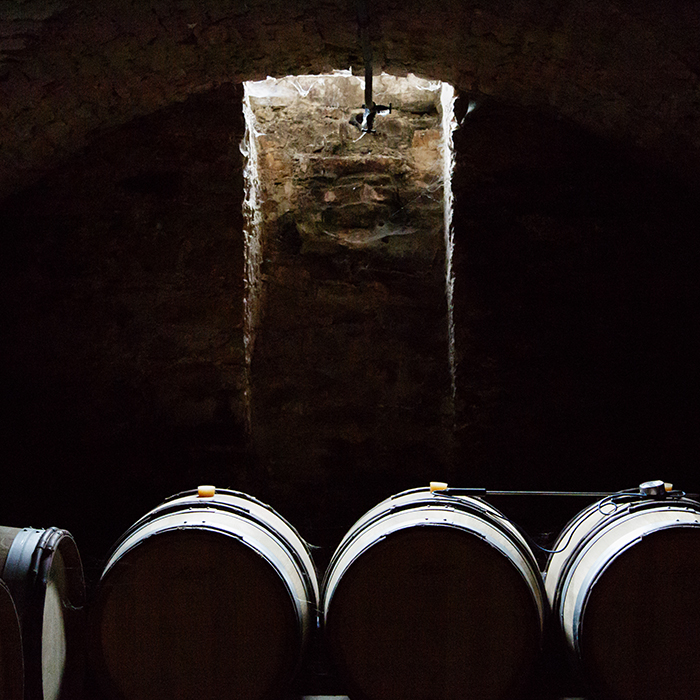How En Primeur works
Author: Mark Pardoe MW

It is important to stress that in Bordeaux, the En Primeur concept has only ever really applied to the very best addresses: around 30 estates, with another 20 or so satellites and aspirants. This number must be put in context against over 5,000 properties in Bordeaux, the majority producing wine that sells for not much more than a couple of euros a bottle. You can see that, for En Primeur, we are dealing with a very small section of the Bordeaux industry, but one that carries all of the region’s reputation and glamour.
The Bordeaux trade has a complex and unique structure. Unlike any other wine-producing region, the best wines are not available to buy directly from the people that make and bottle it. This is how it works: Ch. Grosse-Tête makes about a quarter of a million bottles of wine a year. Its wine is highly regarded and sought-after, although the château is very unlikely to offer its entire vintage En Primeur. For reasons I will explain, they choose not to sell their wine direct to the market, but through a two-tier system which involves courtiers (brokers) and négociants (merchants). This system constitutes what in Bordeaux is called La Place. You have to be a registered négociant to trade on La Place.
Although a négociant will spend plenty of time buttering up the château, it is the courtier with which the château has the closest relationship (but it may deal with several courtiers, of which there are about 150 in Bordeaux). Throughout the winter and spring following the vintage the courtier negotiates an allocation from the château and offers proportions to chosen négociants, based on a variety of criteria, usually historical, and potentially with guidance from the château itself. Thus a négociant may accumulate a volume of Ch. Grosse-Tête from a variety of courtiers, which it consolidates and offers to its clients in turn. Prices are released over a period of weeks or months from late April after the vintage, depending on the temperature of the market. The campaign may last until June if demand is high, as no château wants to underplay their hand, nor sell for less than its peers.
The négociants’ clients are the importers and wine merchants around the world, those selling directly to the consumer, be they a restaurant or a private individual. The wine merchant will certainly deal with a number of négociants to acquire a significant quantity of an in-demand wine from a variety of different sized allocations.
So the wine has been dispersed by the château through a variety of routes, only to be regrouped again at the end of the supply chain by the wine merchant. This complex system exists because of the sheer volume of wine produced by the Bordeaux region. The leverage available for the most desirable wines eases the sales of other wines, while the top châteaux themselves are relieved of having to manage the expectations of demand beyond their ability to fulfill.
En Primeur is also a system which only works in a seller’s market, which for the biggest names has, by and large, been the position for Bordeaux since the 1980s. Significant disruption to demand could cause its demise but it continues because it still works, to lesser or greater degrees, for all the participants.
Read all our coverage of Bordeaux 2019 En Primeur here, or browse all wines available En Primeur here.


